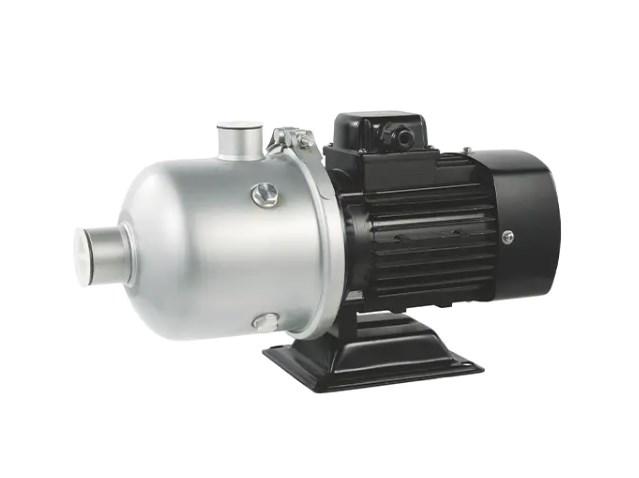What Are the Advantages of Electric Centrifugal Water Pumps?

In modern industry and daily life, electric centrifugal water pumps are extremely common devices, widely used in water treatment, agricultural irrigation, building water supply, air conditioning cooling, and many other fields. This article will delve into the working principles of electric centrifugal water pumps, their main types, and their extensive applications.
What is an Electric Centrifugal Water Pump?
An electric centrifugal water pump is a mechanical device that uses an electric motor to drive the pump shaft, which in turn rotates the impeller inside the pump. The impeller draws liquid into the pump and then expels it under pressure. This process is based on the principle of centrifugal force, where the liquid at the center of the rotating impeller is pushed outward and then discharged through the pump casing.
How Does It Work?
Suction Stage: When the electric motor starts, the impeller begins to rotate, creating a low-pressure area that draws external liquid into the pump through the inlet.
Pressure Increase Stage: As the impeller continues to rotate, the liquid moves from the center to the outer edge of the impeller due to centrifugal force. The velocity increases, and when the liquid reaches the outer edge, the area expands, causing the velocity to decrease and the pressure to increase.
Discharge Stage: The high-pressure liquid then flows through the guide channels of the pump casing and is finally discharged through the outlet, completing the pumping process.
Application Fields
Urban Water Supply: Provides a stable and reliable water source for residential areas and commercial centers.
Industrial Production: Used in circulating cooling water systems, boiler feedwater, and chemical reaction medium transfer.
Agricultural Irrigation: Supports large-scale agricultural irrigation, increasing crop yields.
Environmental Protection: Used in wastewater treatment plants for wastewater lifting and purification processes.
- Art
- Causes
- Crafts
- Dance
- Drinks
- Film
- Fitness
- Food
- Oyunlar
- Gardening
- Health
- Home
- Literature
- Music
- Networking
- Other
- Party
- Religion
- Shopping
- Sports
- Theater
- Wellness


